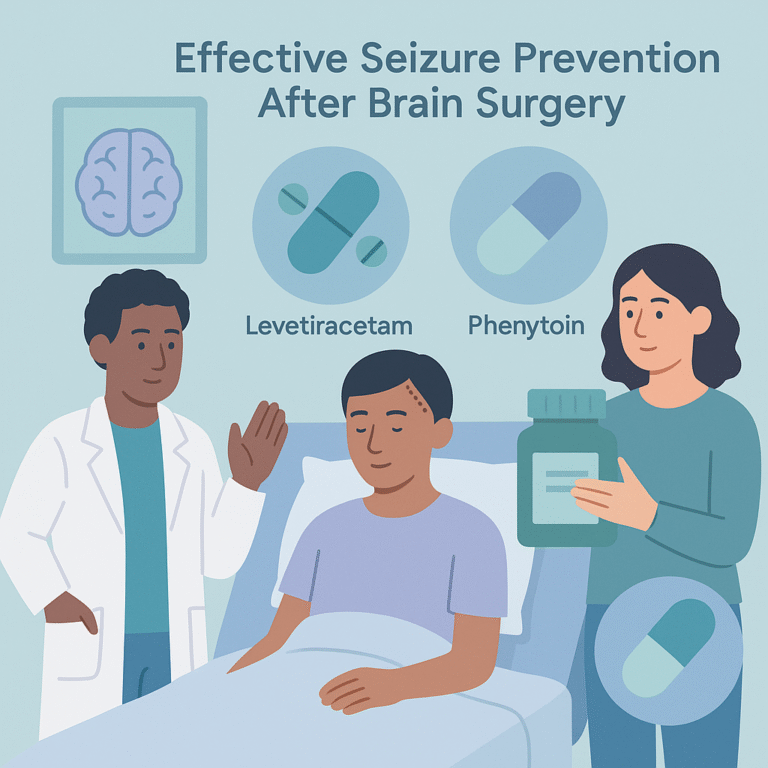Improving Seizure Control in Cavernoma-Related Epilepsy Care
Source: Brain sciences
Summary
This study looked at how epilepsy caused by cavernous malformations in the brain is diagnosed and treated in Kazakhstan. Researchers focused on 60 patients aged 18 and older who had surgery to remove these brain malformations between 2010 and 2022. They wanted to understand how well the patients did after surgery and how antiseizure medications were managed before and after the operation.
The findings showed that about half of the patients had good outcomes in controlling their seizures after surgery. Specifically, 67% of those who had seizures within a year before surgery experienced positive results, while only 32% of those with a longer history of seizures were seizure-free afterward. Most patients were on antiseizure medication before surgery, but many were taking low doses. The study highlighted that having surgery soon after the first seizure led to better results, while delays and limited access to advanced surgical tools made outcomes worse.
These results are important because they highlight the challenges in treating cavernoma-related epilepsy in Central Asia. The study suggests that improving how doctors diagnose and manage medications, as well as increasing access to better surgical technologies, could help more patients achieve better seizure control. However, the study is limited by its small number of participants and the specific location, which may not represent the experiences of all patients with epilepsy.
Free: Seizure First Aid Quick Guide (PDF)
Plus one plain-language weekly digest of new epilepsy research.
Unsubscribe anytime. No medical advice.





